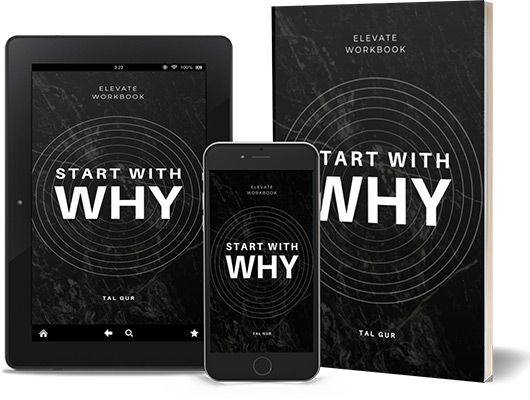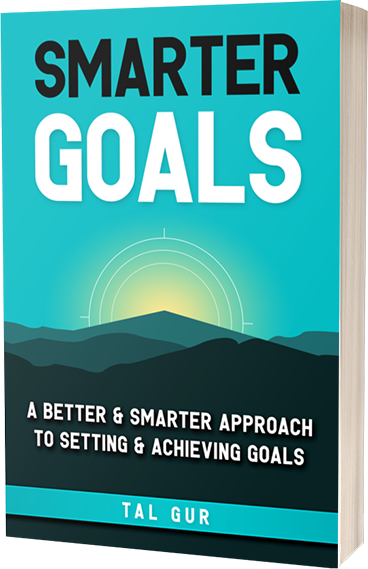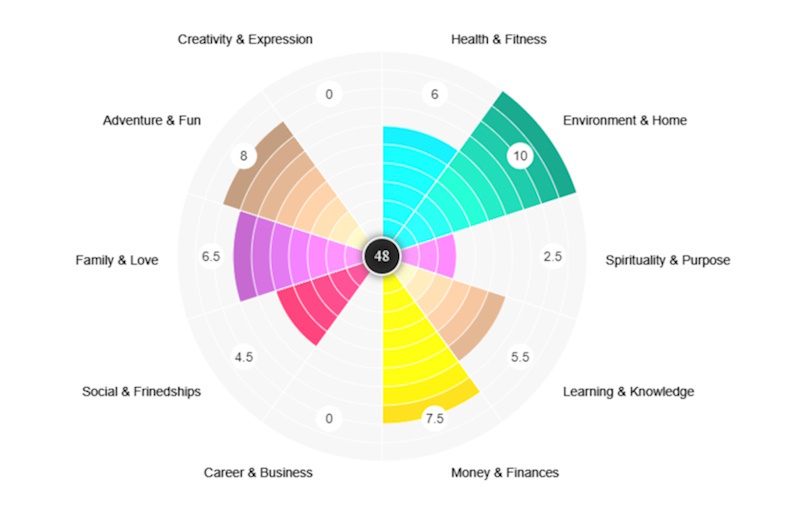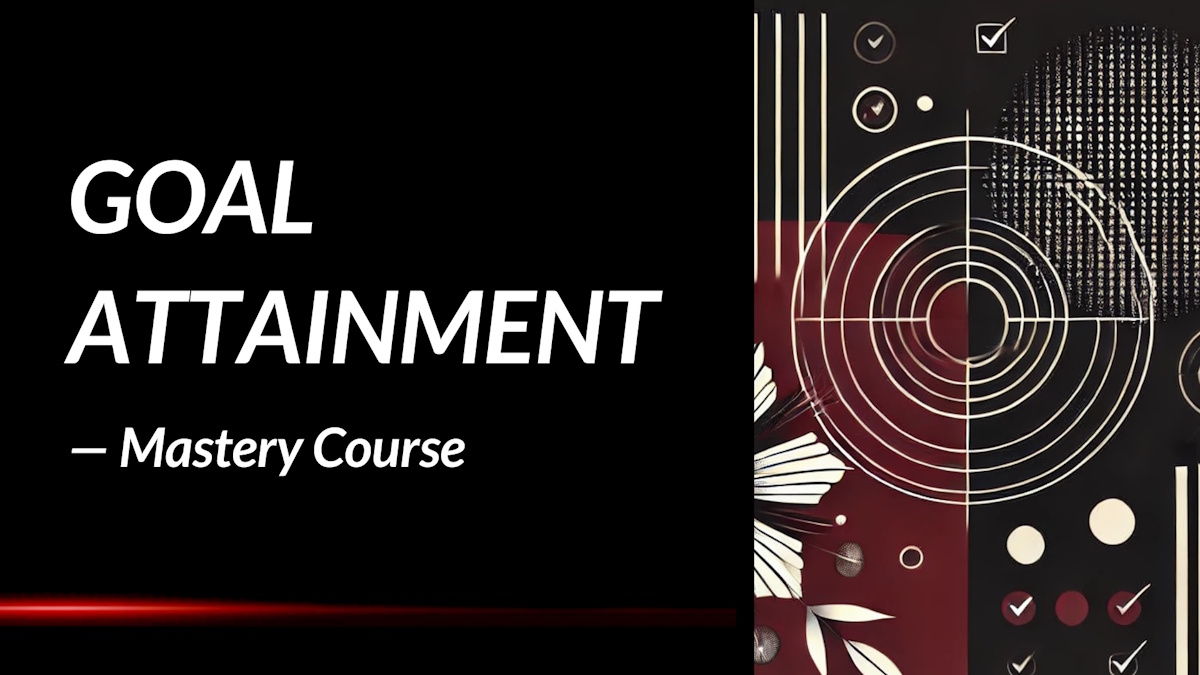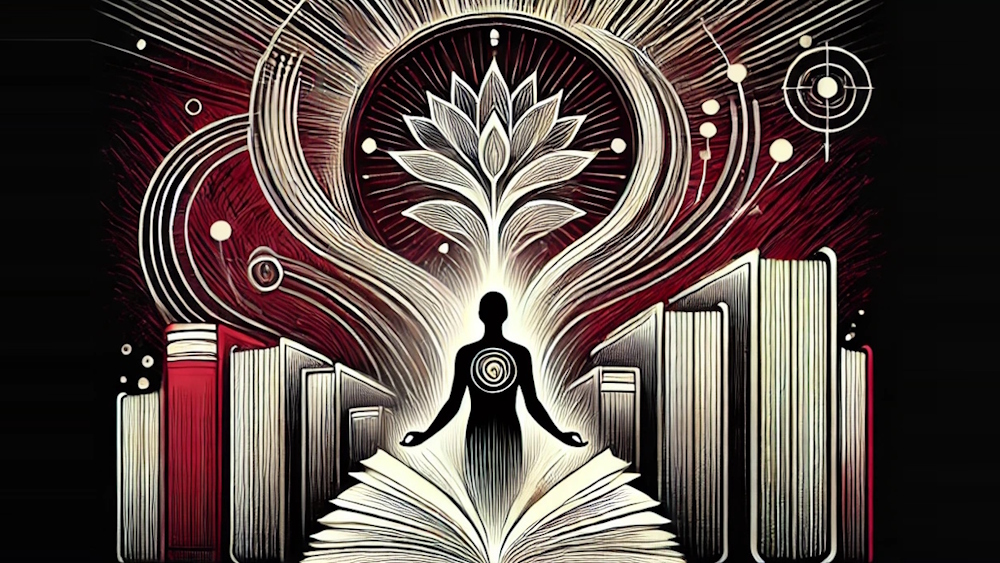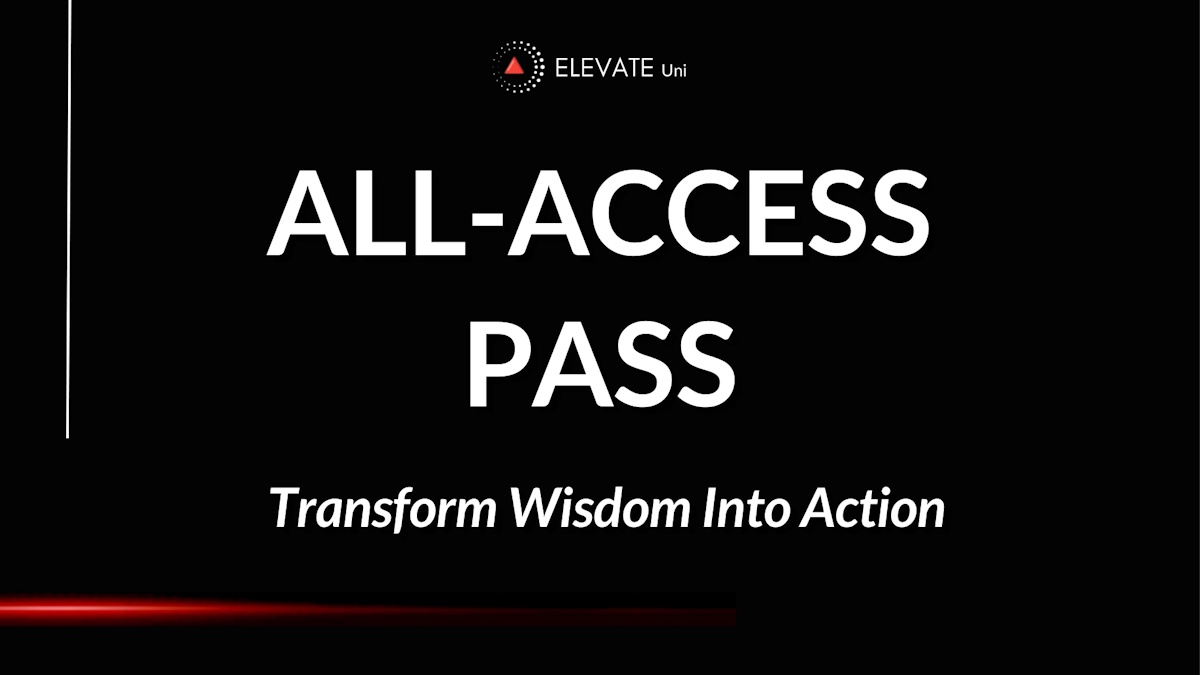Healing Your Inner Child: Summary Review
What if the key to unlocking your full potential lies in healing the parts of you that were hurt long ago? In Healing Your Inner Child: A Step-by-Step Guide to Reparenting Yourself for Personal Growth, Empowerment, and Reclaiming Emotional Stability, author Bobbie Maloy offers a compassionate roadmap to reconnect with your wounded inner child and transform your life from the inside out.
What is the Book About?
This book serves as a gentle yet powerful guide for anyone seeking to understand and heal the emotional wounds rooted in childhood experiences. Bobbie Maloy introduces the concept of the "inner child"—the part of us that holds our earliest memories, emotions, and unmet needs. Through a series of practical exercises, reflective prompts, and therapeutic techniques, readers are guided to acknowledge past traumas, offer themselves the compassion they may have missed, and begin the process of reparenting. The goal is to foster emotional stability, self-awareness, and a renewed sense of empowerment.
Maloy's approach is both accessible and deeply empathetic. She emphasizes that healing is not about dwelling on the past but about understanding its impact on our present behaviors and choices. By addressing patterns such as self-sabotage, low self-esteem, and difficulty in relationships, the book provides tools to break free from these cycles. Readers are encouraged to build a nurturing relationship with themselves, cultivating inner strength and resilience.
Book Details
Print length: 150 pages
Language: English
Publication date: February 15, 2024
Genre: Self-Help / Personal Transformation
Book Author
Core Theme
At its heart, Healing Your Inner Child delves into the transformative power of reparenting—the process of nurturing and caring for oneself in ways that may have been lacking during childhood. Maloy emphasizes that many of our adult struggles stem from unmet needs and unresolved emotions from our early years. By acknowledging and addressing these inner wounds, individuals can break free from limiting beliefs and behaviors, paving the way for personal growth and emotional freedom.
The book underscores the importance of self-compassion and mindfulness in this healing journey. Through practical exercises and reflective prompts, readers are guided to connect with their inner child, understand their emotional triggers, and develop healthier coping mechanisms. Maloy's approach is both empathetic and empowering, encouraging individuals to take active steps toward healing and self-discovery.
Main Lessons
A few impactful summary lessons from Healing Your Inner Child:
1. Healing begins when the pain is acknowledged
True healing only starts when you’re brave enough to recognize what you’ve buried. Many readers spoke about how this book helped them unearth long-forgotten childhood wounds—memories, behaviors, and emotional patterns that were quietly influencing their adult lives. It becomes clear that acknowledging the emotional echoes of neglect, unmet needs, or hurtful moments is a vital first step. This book acts like a compassionate mirror, reflecting back what we’ve ignored and creating space to feel, understand, and begin the journey toward emotional freedom.
2. You cannot skip the emotional homework
Doing the internal work while reading is not optional if you want real results—it’s necessary. Journaling exercises, reflection prompts, and emotional deep-dives are not just add-ons; they’re essential tools for transformation. Readers found themselves slowing down to write out thoughts, unpack memories, and face uncomfortable truths. The book teaches that insight without integration is incomplete, and the real shifts happen when you pause, sit with your truth, and document what arises as you peel back the layers.
3. Neglect can be just as damaging as abuse
A powerful revelation echoed by many is the lasting imprint of childhood neglect. Even those who were never overtly abused found that emotional unavailability, lack of validation, or absence of nurturing care shaped their self-worth and current relationships. This book doesn’t minimize these experiences; it brings them to light with empathy. By showing how subtle wounds accumulate, it offers a map to understanding why we might struggle with boundaries, intimacy, or self-love today.
4. Reparenting is the path to inner peace
One of the central messages is the power of reparenting—learning to give ourselves now what we were denied as children. The exercises in the book encourage readers to become their own nurturers, comforters, and protectors. By doing so, we shift from dependency and blame to self-empowerment and responsibility. Readers felt they were becoming the kind of parents they wish they’d had, not just for their own healing but to create healthier dynamics with their children and partners.
5. Awareness of triggers is emotional intelligence in action
Throughout the journey, the book equips readers to recognize emotional triggers not as flaws but as guideposts. Each trigger holds a message from the past, pointing to a moment when a need went unmet or a hurt went unhealed. Naming emotions, journaling about them, and tracing them back to their origin become powerful techniques for self-understanding. As readers described, what once felt like random emotional storms now make sense and can be navigated with compassion.
6. Inner child work is not just for the broken
A common misconception is that inner child work is only for those who’ve experienced trauma. This book shatters that belief by showing that all of us carry wounds, patterns, and unmet needs from childhood, no matter how “normal” our upbringing seemed. The lessons within are not limited to healing pain; they’re also about rediscovering joy, playfulness, and authenticity. Whether you're dealing with deep trauma or seeking deeper self-connection, this work is universal.
7. Visualization is a powerful healing modality
An unexpected yet deeply loved aspect of the book was its use of creative visualization—designing a safe internal space for your inner child to reside. Whether it’s a cozy cabin, a warm beach, or a colorful treehouse, this mental imagery helps establish an emotional sanctuary. Readers described this as profoundly moving, often shedding tears during these exercises. It turns abstract healing into something tangible, comforting, and deeply personal.
8. Emotional patterns must be unlearned to evolve
The book makes it evident that many present-day behaviors—emotional shutdowns, fear of confrontation, people-pleasing, or relationship turmoil—are not just habits but learned survival responses. Healing means going back to the source and unraveling where these patterns began. Readers found clarity in identifying their emotional reflexes and began the process of consciously choosing new, healthier responses, which felt like reclaiming their power.
9. Boundaries are a form of self-respect, not rebellion
One recurring theme is the critical role boundaries play in emotional healing. For many, the idea of setting limits felt foreign or even selfish—until this book reframed it as self-love in action. Establishing boundaries with others, including family, became a way to honor the inner child and protect their emotional space. The result was a newfound sense of strength and clarity in relationships that once felt draining or confusing.
10. Self-compassion is more transformative than self-criticism
At the heart of this work lies the message that healing cannot come from judgment—it must come from compassion. Many readers realized how harshly they spoke to themselves and how that mirrored the voices of critical caregivers from their past. The exercises teach how to shift from inner shaming to inner soothing, and this shift became the turning point for many on their path to self-acceptance and peace.
11. Joy and playfulness are gateways to healing
Healing doesn’t have to be all shadow work and tears—it also involves inviting joy back into your life. Readers celebrated the book’s focus on reigniting childlike wonder through small, playful moments. Whether it was coloring, dancing, or daydreaming, reconnecting with joy wasn’t just therapeutic—it was liberating. It reminded them that the goal isn’t just to stop hurting, but to start living fully and freely.
12. You are your inner child’s greatest ally
One of the most affirming realizations is that no one else can rescue your inner child—you must be the one to show up, consistently and lovingly. The book teaches you how to listen, comfort, and champion your inner child’s voice in a way that builds lifelong trust with yourself. Readers described this bond as one of the most meaningful relationships they’ve ever formed, one that brought them back to wholeness.
Key Takeaways
Key summary takeaways from the book:
- Understanding the concept of the inner child and its influence on adult behavior.
- Identifying and addressing unresolved childhood traumas and unmet needs.
- Developing self-compassion and nurturing a positive self-image.
- Implementing practical exercises to foster emotional healing and resilience.
- Cultivating healthier relationships through improved self-awareness and emotional regulation.
Book Strengths
Healing Your Inner Child stands out for its compassionate and accessible approach to emotional healing. Maloy's blend of professional insight and empathetic guidance creates a safe space for readers to explore their inner worlds. The book's practical exercises and reflective prompts are thoughtfully designed to facilitate genuine transformation, making complex psychological concepts approachable and actionable.
Who This Book Is For
This book is ideal for individuals seeking to understand and heal from their past emotional wounds. Whether you're struggling with self-esteem issues, relationship challenges, or simply yearning for a deeper connection with yourself, Maloy's guide offers valuable tools and insights. It's also a beneficial resource for therapists, counselors, and anyone interested in personal development and emotional well-being.
Why Should You Read This Book?
Reading Healing Your Inner Child offers a transformative journey toward self-discovery and emotional healing. Maloy's empathetic guidance and practical tools empower readers to confront their past, nurture their inner selves, and build a more fulfilling life. By addressing the root causes of emotional pain, this book provides a pathway to lasting change and personal empowerment.
Concluding Thoughts.
Healing Your Inner Child is more than just a self-help book; it's a compassionate companion for anyone ready to embark on a journey of self-healing and personal growth. Bobbie Maloy's insights and exercises offer a roadmap to understanding and nurturing the wounded parts of ourselves, fostering resilience and emotional well-being.
If you're ready to break free from the chains of your past and embrace a more empowered future, this book provides the tools and guidance to do so. It's an invitation to reconnect with your authentic self and live a life rooted in self-love and emotional stability.
→ Get the book on Amazon or discover more via the author's website or social channels.
* The publisher and editor of this summary review made every effort to maintain information accuracy, including any published quotes, lessons, takeaways, or summary notes.
Chief Editor
 Tal Gur is an author, founder, and impact-driven entrepreneur at heart. After trading his daily grind for a life of his own daring design, he spent a decade pursuing 100 major life goals around the globe. His journey and most recent book, The Art of Fully Living, has led him to found Elevate Society.
Tal Gur is an author, founder, and impact-driven entrepreneur at heart. After trading his daily grind for a life of his own daring design, he spent a decade pursuing 100 major life goals around the globe. His journey and most recent book, The Art of Fully Living, has led him to found Elevate Society.


